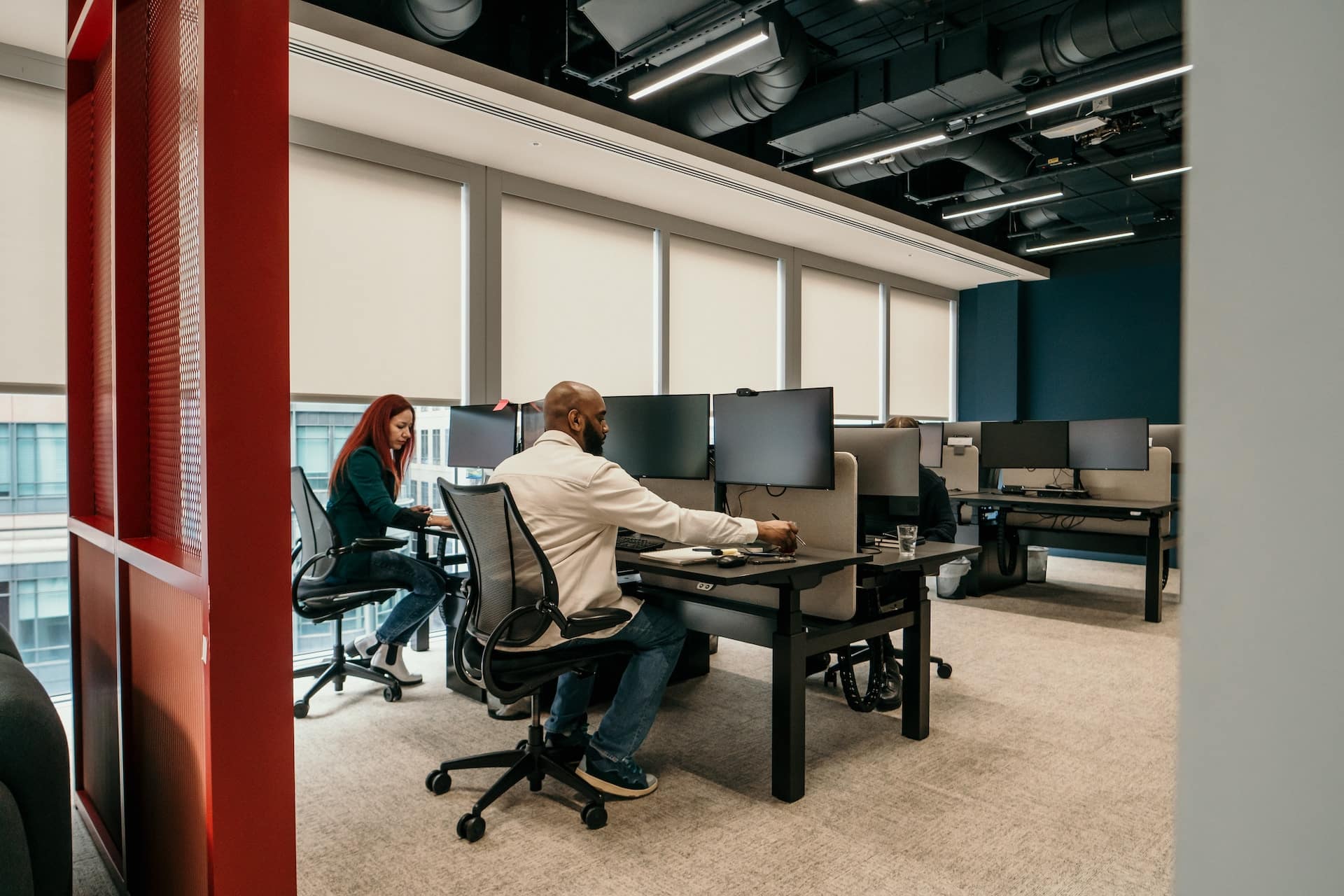The oil and gas industry has played a significant role in the U.S. economy for many decades. The industry employs millions of workers and contributes trillions of dollars to the country’s GDP. However, the industry’s growth has come with challenges, particularly in finding accommodation solutions for its workforce. This article explores the challenges the industry faces in finding suitable accommodation solutions in major fracking regions and proposes measures to mitigate the issue.
The Current State of the Oil and Gas Industry in the U.S.
The oil and gas industry is a vital contributor to the U.S. economy. The industry has experienced substantial growth in recent years due to technological advancements that have made it possible to extract oil and gas from shale formations. The development of hydraulic fracturing, or fracking, has made it possible to extract oil and gas from previously inaccessible areas. This has led to a surge in oil and gas production in the U.S., particularly in the fracking regions.
Challenges in Finding Suitable Accommodation Solutions
With the increasing demand for oil and gas, the industry has faced challenges in accommodating its workers. One of the significant challenges is the need for more affordable housing in major fracking regions. The high demand for housing has led to a surge in rental prices, making it difficult for workers to find suitable accommodation. Additionally, the industry’s workforce is often transient, making it challenging to find long-term accommodation solutions.
Another challenge is the need for more infrastructure in major fracking regions. Many of these regions are located in remote areas with limited access to basic amenities such as healthcare, schools, and grocery stores. This makes it difficult for workers and their families to find suitable accommodation and access essential services.
Measures to Address the Issue
Several measures can be taken to address the challenges of finding suitable accommodation solutions in major fracking regions. One of the solutions is to increase the supply of affordable housing in these regions. This can be achieved through partnerships between the industry and local governments to build affordable housing for workers. Additionally, the industry can provide incentives such as rent subsidies to workers to make housing more affordable.
Another solution is to invest in the infrastructure of major fracking regions. This can be achieved by building roads, hospitals, schools, and other essential amenities to make the regions more livable. The industry can also partner with local governments to provide public transportation to make it easier for workers to access essential services.
Conclusion
The oil and gas industry is a vital contributor to the U.S. economy. However, the industry needs help finding suitable accommodation solutions for its workforce in major fracking regions. The shortage of affordable housing and lack of infrastructure in these regions are significant challenges that need to be addressed. The industry can work with local governments to increase the supply of affordable housing and invest in the infrastructure of major fracking regions to make them more livable. By doing so, the industry can continue to thrive while providing its workers with suitable accommodation solutions.
At Globeo, we offer top-notch corporate accommodations for crew travel across the USA, Canada, and Mexico. Our online booking portal is supported by a 24/7 concierge service and comprehensive reporting, making it easier for clients to manage their corporate accommodations seamlessly. Contact us to request a free demo today!










